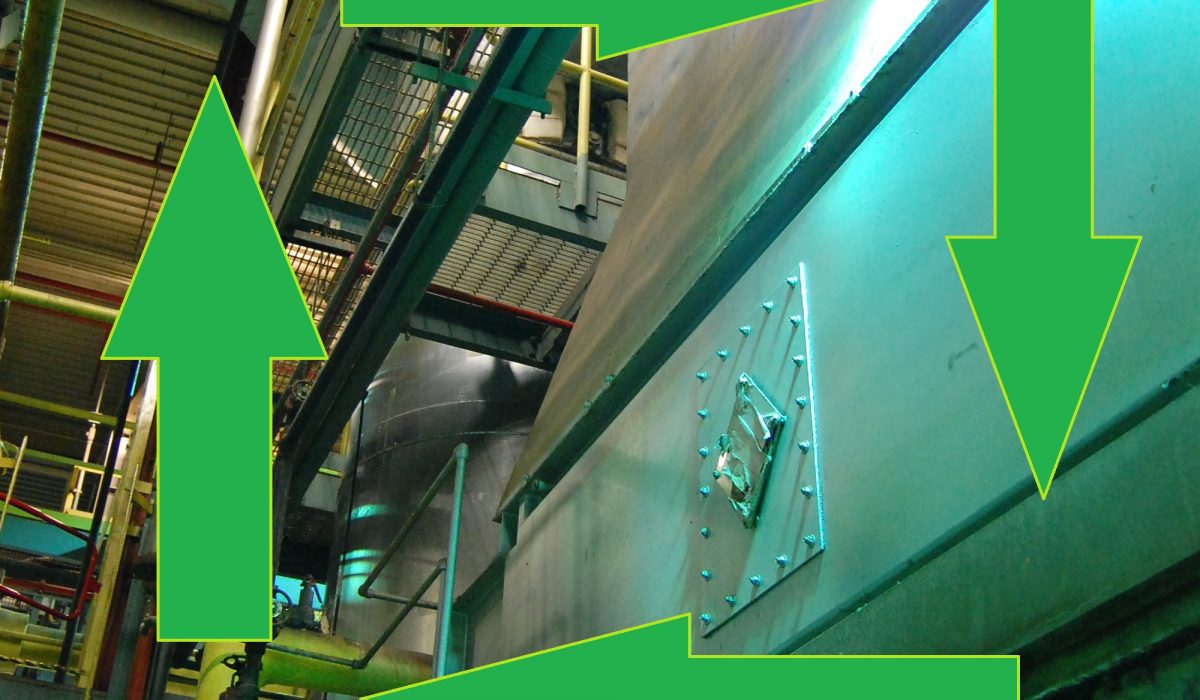
Smart machines only hold as much intelligence as the humans who build and program them. William Hawkins mentions the idea of machines and computers that learn from each other to be frightening. In such an environment, a machine could “learn” to override human actions it interprets as harmful. While current technology and gather, measure and interpret large amounts of data, they lack the ability to learn from it. That job is left to humans who must work in synergy with plant machines.
Having both humans and machines involved in a process system takes advantage of the strengths of each. Machines are an obvious asset with their predictability and ability to withstand steps in the manufacturing processes that are risky for humans. Process and plant engineers, on the other hand, have ingenuity and creativity that can be harnessed as continuous business improvement.
Synergy Systems balances these strengths with a three pronged process. We send our engineering experts directly to client plants and communicate with the process engineers working there. Since plant employees play such a crucial role in the operation of a system, we believe their input is vital to the success of any project. The three things we discuss are what machines should be doing, how they are currently running and how the plant employees would like them to run. Balancing these three realities with the goals of the business is a sure way to achieve success.
When it comes to business success, it is imperative that the strengths of all available assets be used. Cutting-edge technology is only one facet of success. Incorporating the knowledge, needs and ideas of plant employees to work in tandem with technology enables any company to accomplish its highest goals.

